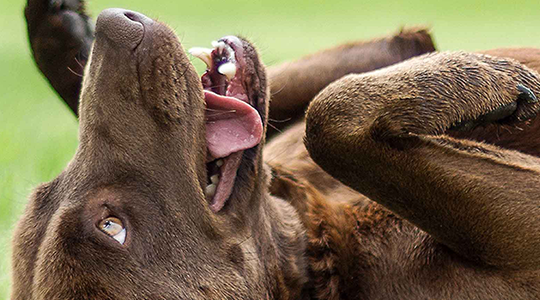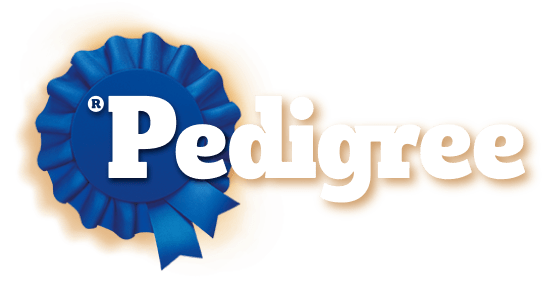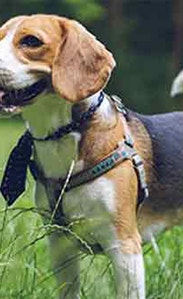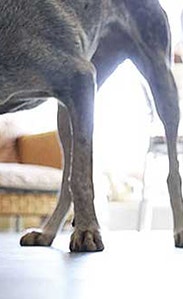
Is your Labrador Retriever “Hyper” or just Energetic?
Some of you who are reading this might wonder how the word “hyper” could ever be used to describe this breed. Chances are, then, that your Lab is mellow, well-trained, content, and—possibly—introverted. However, as some owners have discovered, there’s the other type of Lab: The boisterous, rambunctious, always-in-motion Labrador Retriever.
“Hyper” traits: Where do they come from?
It’s quite normal for a Lab to be energetic. That’s why the breed has historically been used extensively in hunting and tracking. However, some Lab owners have wondered if their dog may go beyond the normal hunting/working dog energy level. In fact, canine obedience instructors are noticing an increasing number of Labs that live up to descriptions like “hyperactive,” “aggressive,” and even “neurotic.” This may be a result of bad practices by less-than-concerned breeders who are eager to supply enough puppies to meet the demand for this ultra-popular breed.
There’s also a “maturity factor” to consider when trying to determine if your Lab is hyperactive. Labrador puppies have a tendency to mature a little later than other breeds. As a result, your dog may look “mature,” but he may still have the energy, curiosity, and go-get-’em-ness of a puppy.
The importance of exercise
Because they’re energetic dogs, vigorous exercise may be one of the most important daily rituals for your Lab. A Labrador that doesn’t receive enough exercise may become bored and “hyper”—and that can result in destructive behavior patterns. If you feel that your Lab is displaying this kind of temperament because he isn’t getting enough running-around time, the solution may be as simple as providing a more robust exercise regimen.





